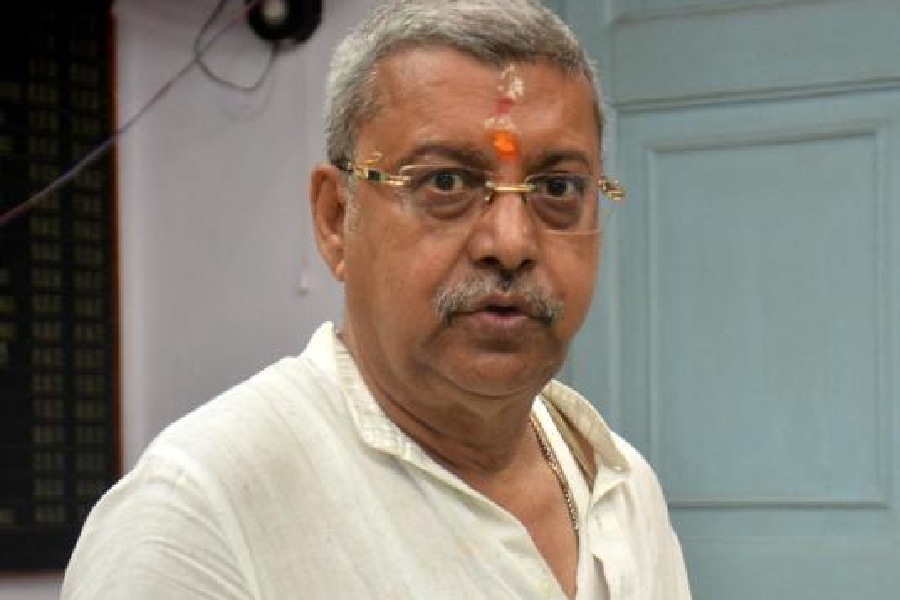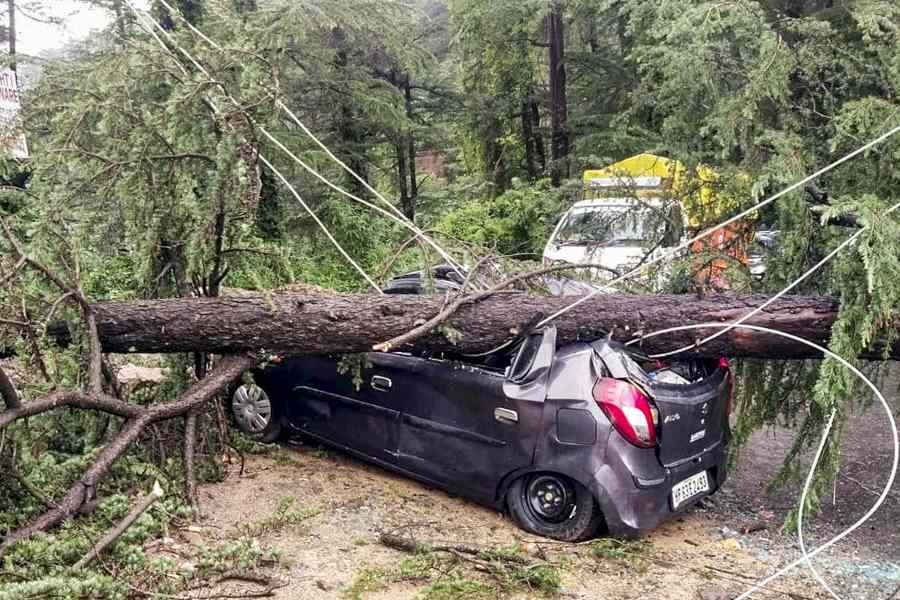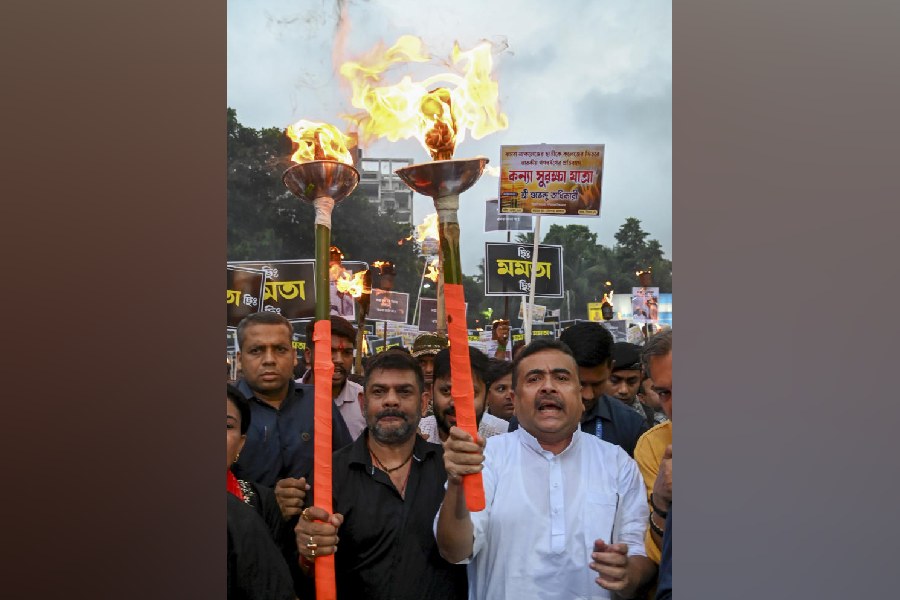
Visitors at an exhibition held at the meteorological centre in Bhubaneswar on Monday. Picture by Ashwinee Pati
Bhubaneswar, March 23: Casualties resulting from natural phenomenon such as cyclones and lighting can be minimised once the two Doppler radars installed at Paradip and Gopalpur become functional by the end of June.
The radars will help meteorological centres predict cyclones, tornadoes, hailstorms, lightning and cloudbursts. With their help, the Met centres would be able to forecast warnings on an hourly or half-hourly basis saving lives.
'It will be able to predict exactly where a thunderstorm is going to strike and the kind of danger it might entail in terms of wind speed and severity of lightning. This information will be broadcast to people through the audiovisual media,' said director of the Indian Meteorology department's Bhubaneswar centre Sarat Chandra Sahoo.
Talking to The Telegraph on the World Meteorology Day today, Sahoo said: 'Till date, Odisha has been depending on Doppler radar data from Vishakhapatnam and Calcutta for weather predictions. As the Doppler radar in Visakhapatnam is now defunct, predictions for areas near Gopalpur have become difficult. But when our radars start functioning, we will be able to make accurate predictions.'
The new Doppler radars have a range of 250km. They can trace cloud conditions up to 500km. The department is also planning to install two more Doppler radars in Balasore and Sambalpur.
Since Balasore is a coastal town, a Doppler radar will help in getting weather data from the nearby smaller ports and the defence establishment at Chandipur-on-sea. A similar one in Sambalpur will help in getting the rainfall data in the west Odisha districts and any possible cloudburst-like situation as the Hirakud reservoir is nearby.
Last year, Met data revealed while there was a 57 per cent deficient rainfall in June, there was 47 per cent excess rainfall across west Odisha in July. Between June and September, the rainfall was 9 per cent more than the average annual rainfall.
Last year, Sambalpur experienced a cloudburst-like situation with 200.7mm rainfall on August 3, 336.8mm the next day and 272.9mm on August 5. 'Weather prediction data of the west Odisha districts can be monitored through a Doppler in Sambalpur,' said a senior official of the Met office here.
The department has started upgrading its seismograph at its Bhubaneswar centre with incorporation of a very small aperture terminal to send its reading directly to its central record facility in New Delhi. Two more seismographs will be placed at Kolhara under Rayagada block and Lakshmanpur under Jharsuguda block.











